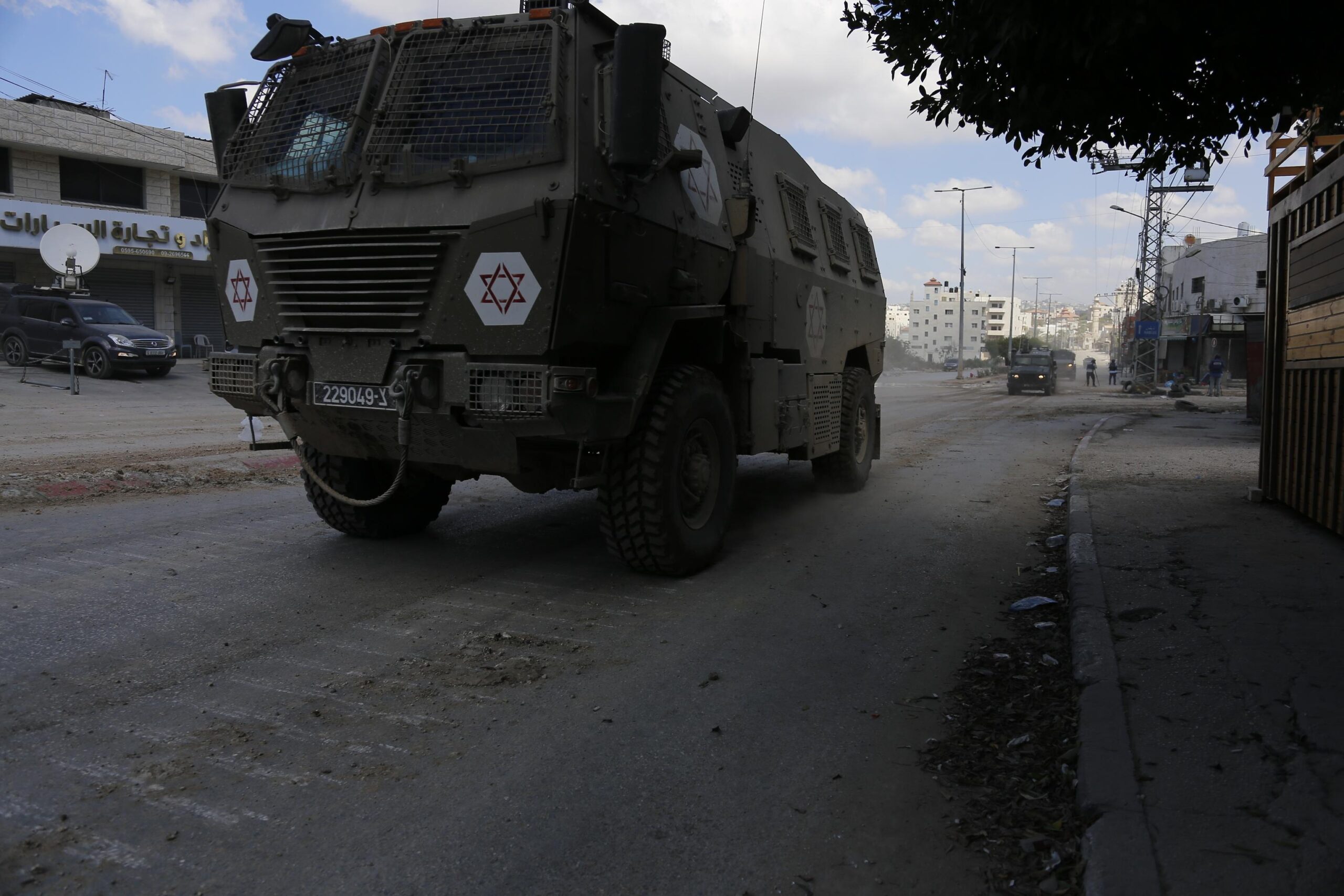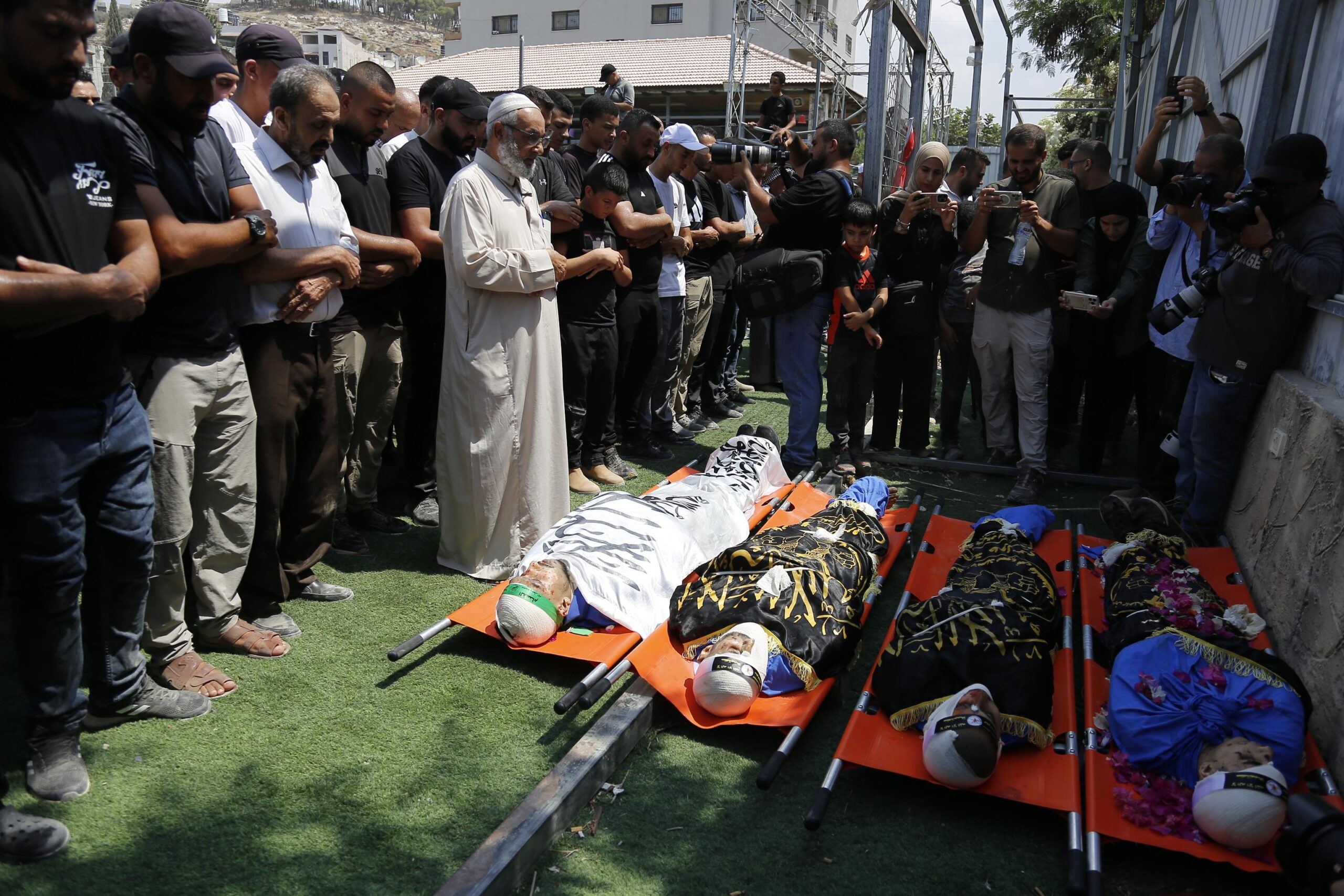Author: ISM Media
-
What is Happening in the Northern West Bank?
4 September 2024 | International Solidarity Movement | Northern West Bank By Diana Khwaelid The radical Israeli Minister of National Security, Itamar Ben-Gvir, has renewed his incitement to impose collective punishment on citizens in the occupied West Bank, including the killing of detainees in occupation prisons. In the early hours of August 28, 2024, Israel…
-
Another Crime of the Israeli Occupation: Five Killed in Nur Shams Camp
28 August 2024 | International Solidarity Movement | Tulkarm Camp *Nur Shams Camp – Tulkarm – West Bank* *27-Aug-2024* *By Diana Khwaelid* On the evening of Monday 26, Israeli occupying forces carried out an aerial bombardment through an Israeli drone strike on one of the houses in the Nur Shams refugee camp, northeast of the…
-
Call for Volunteers
| International Solidarity Movement | West Bank At the invitation of Palestinian communities, the International Solidarity Movement (ISM) is issuing an urgent call for volunteers to join us. While this is a period when Palestinian families get together in the field and celebrate their connection to the land, it is also a time of increased…


